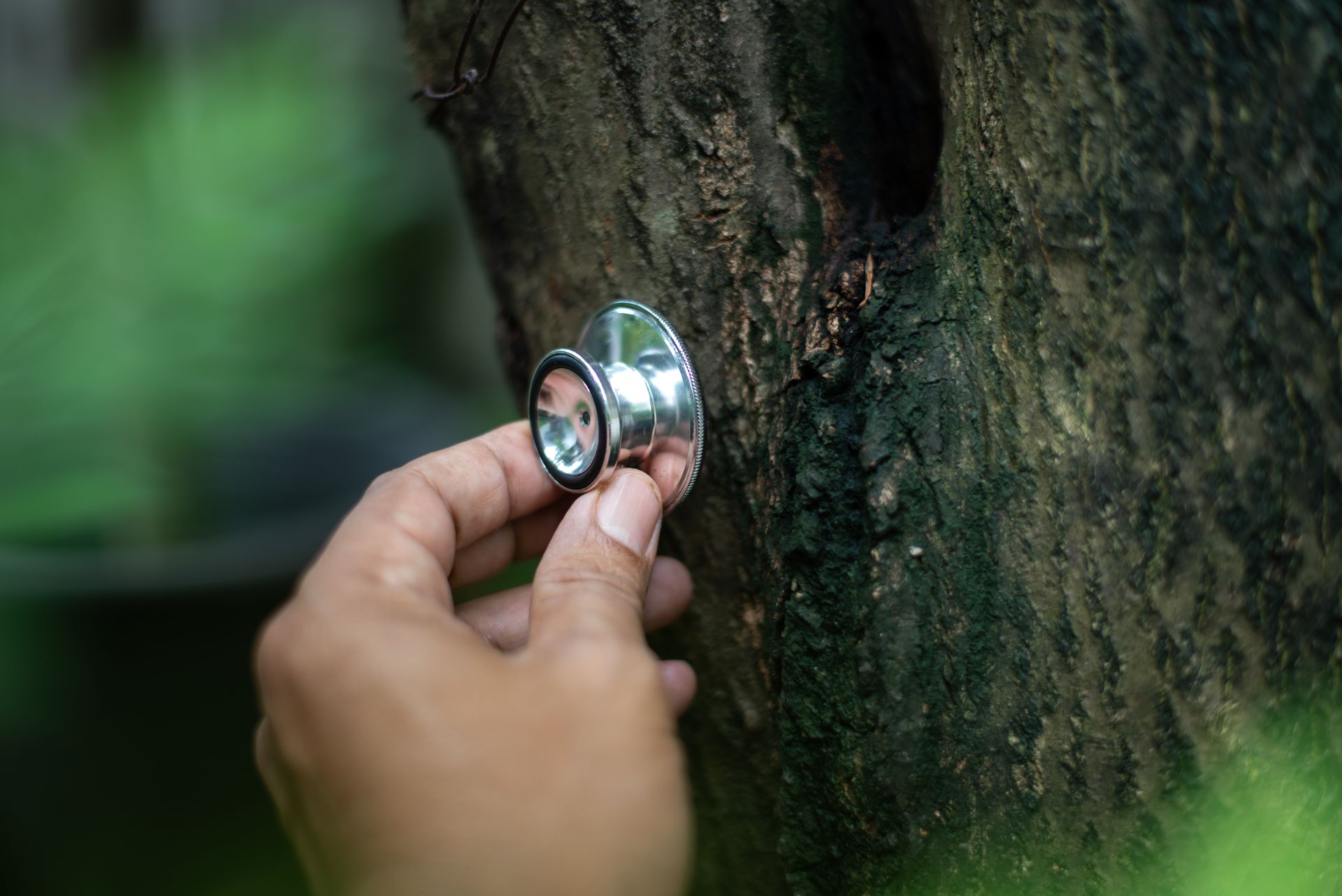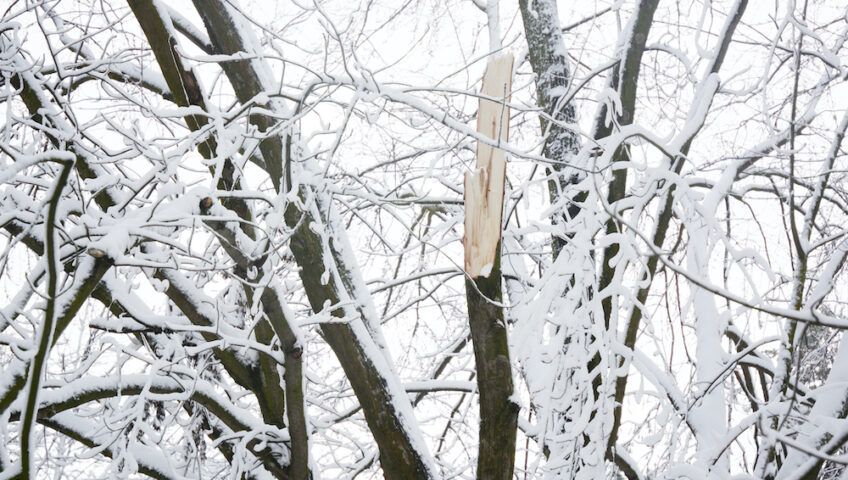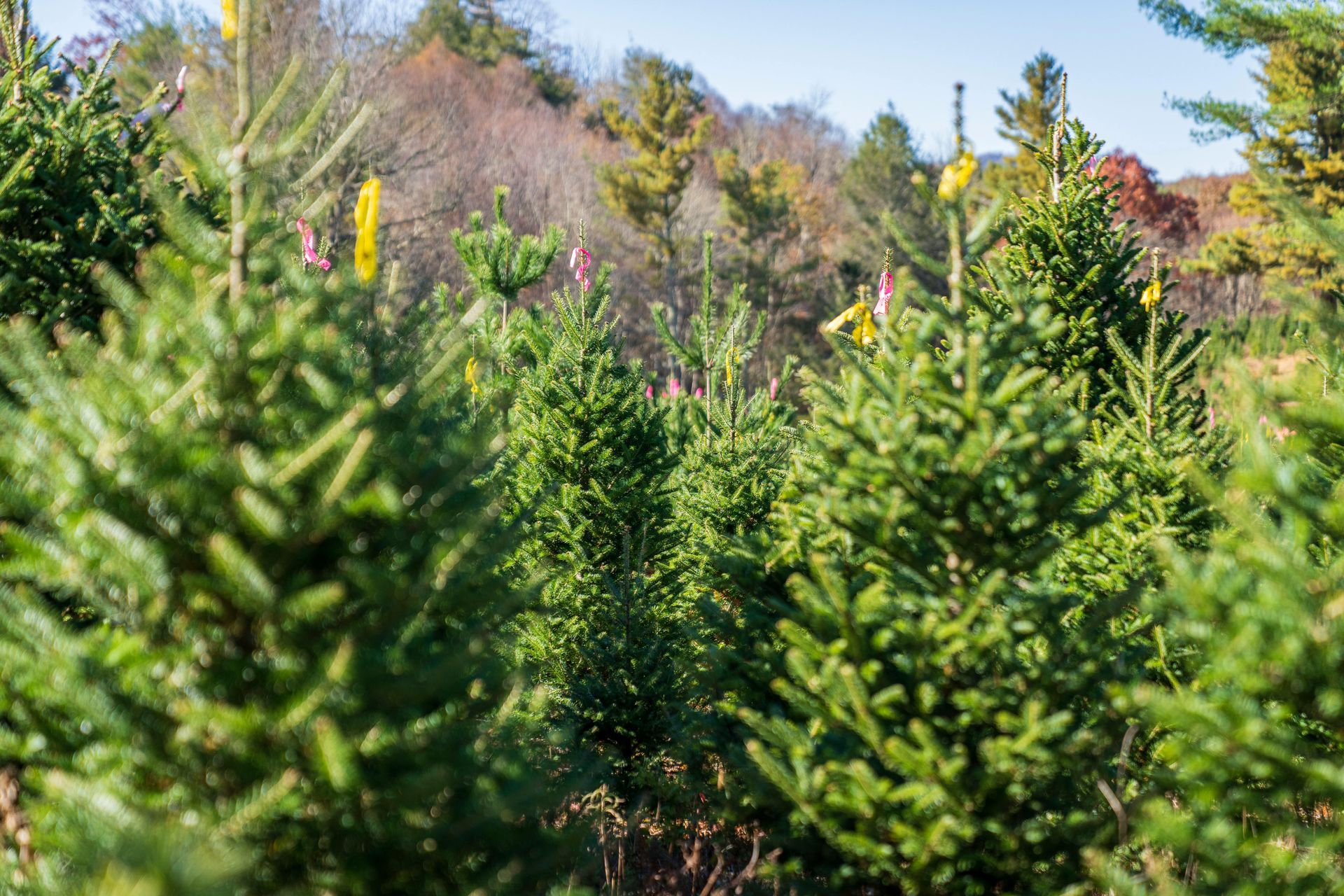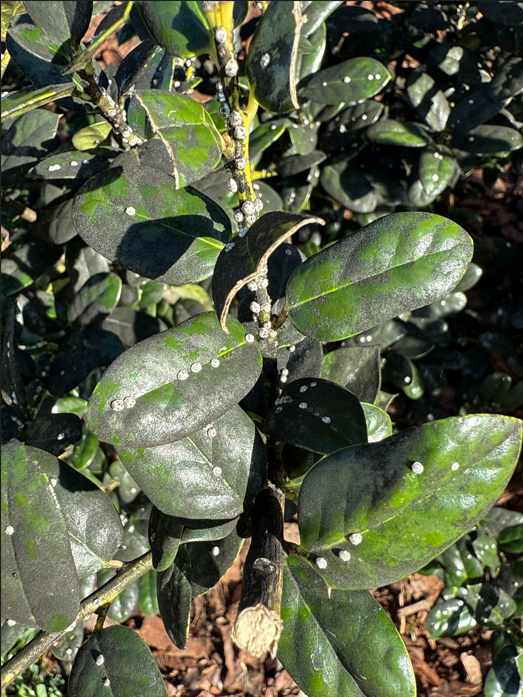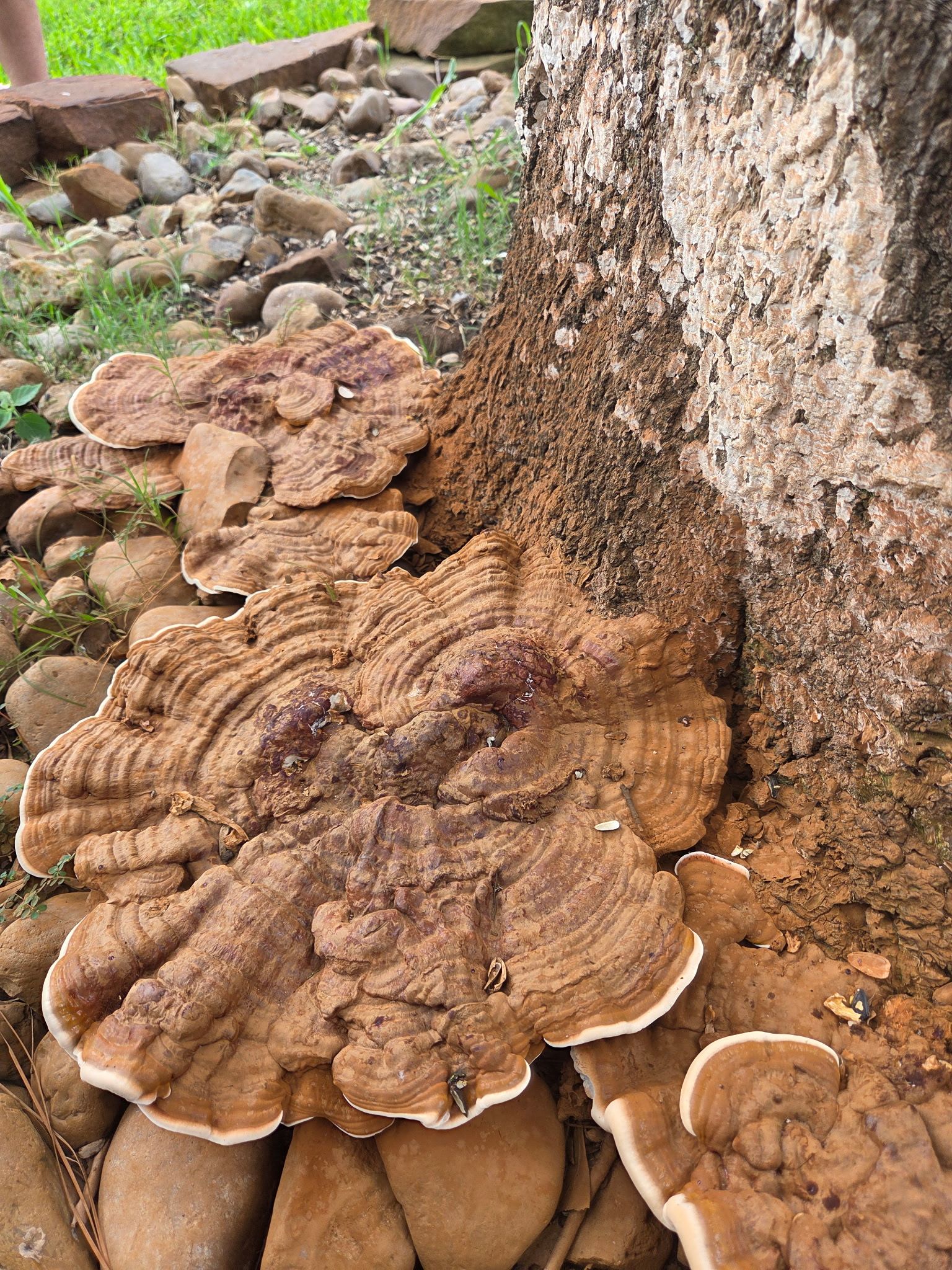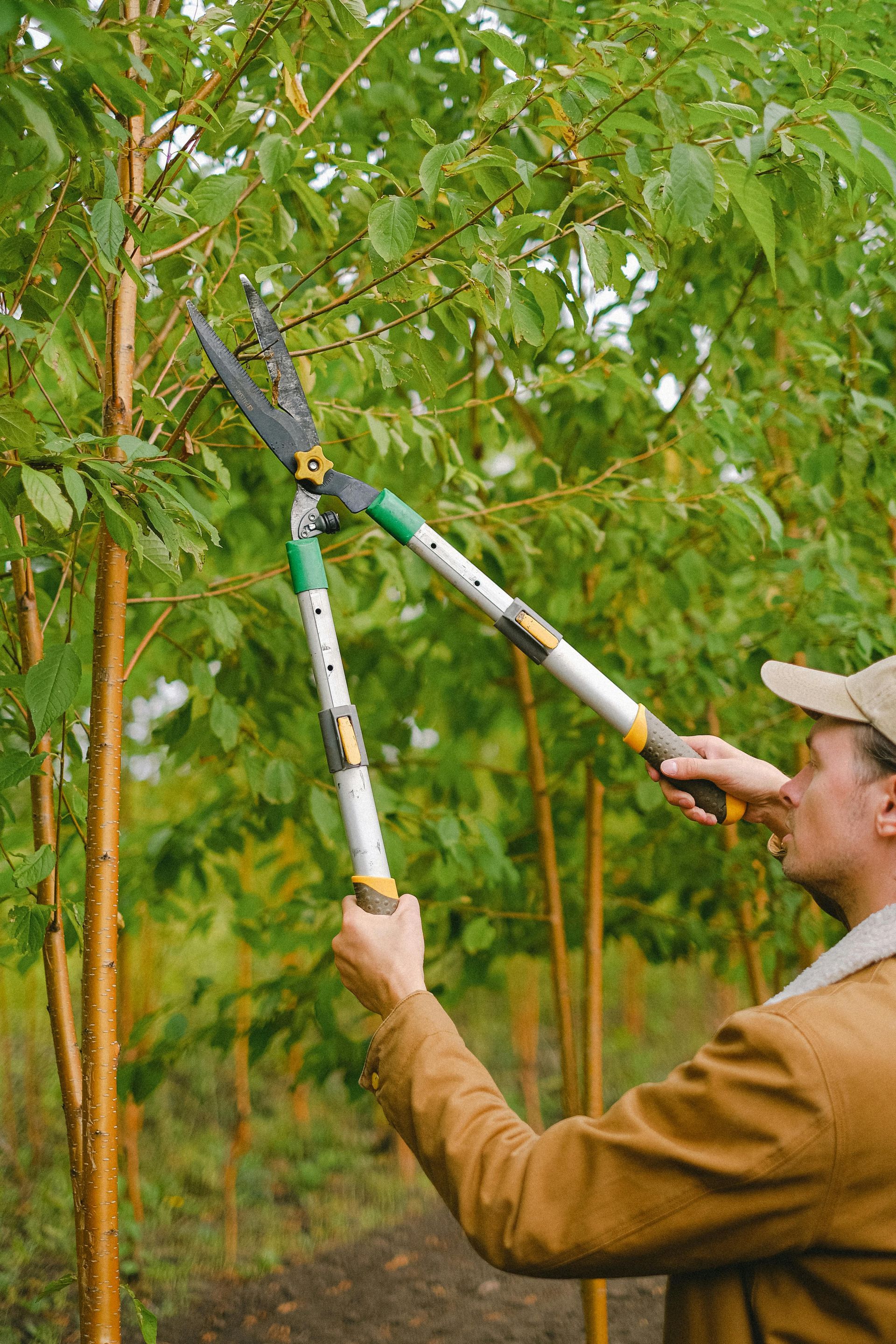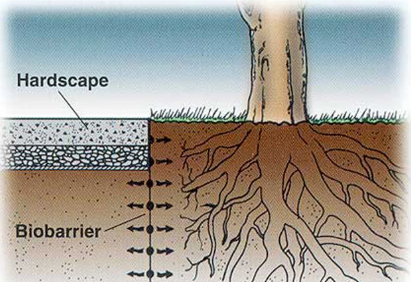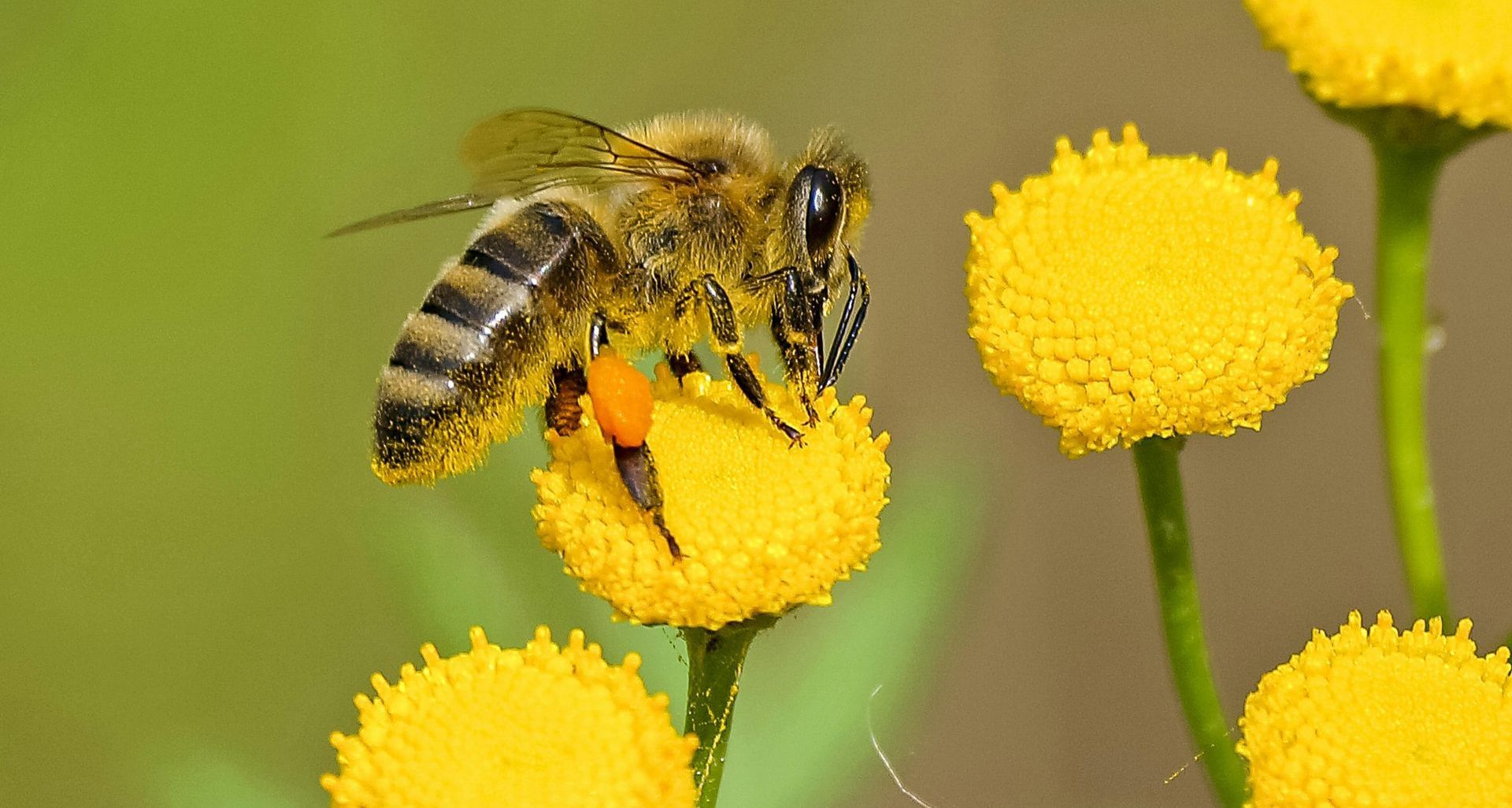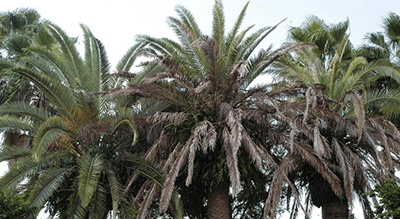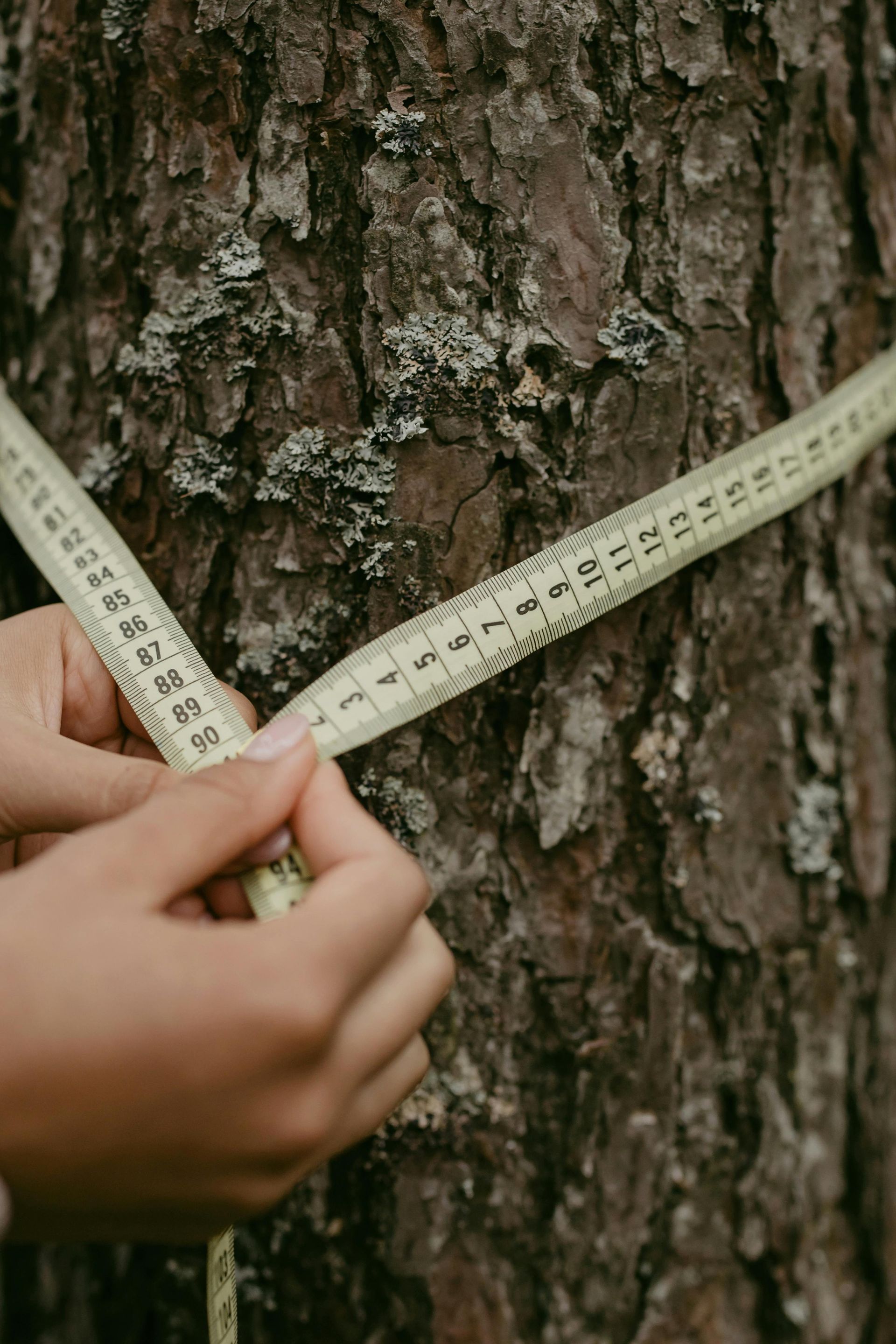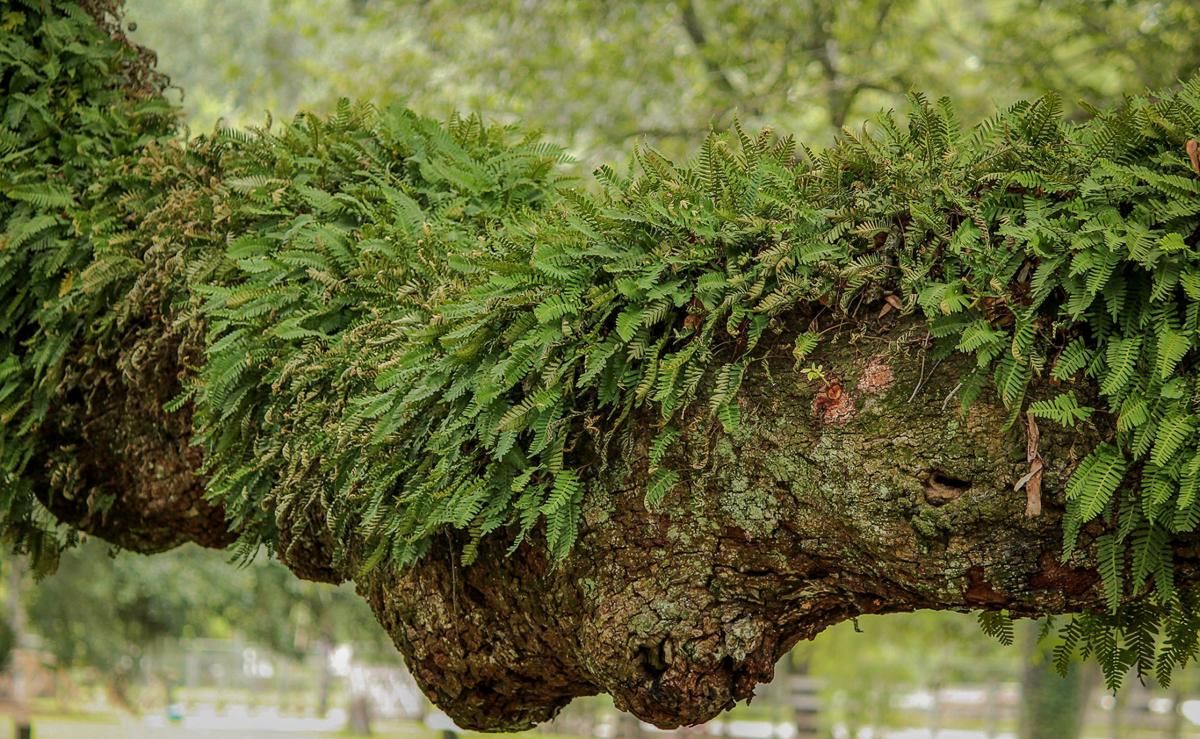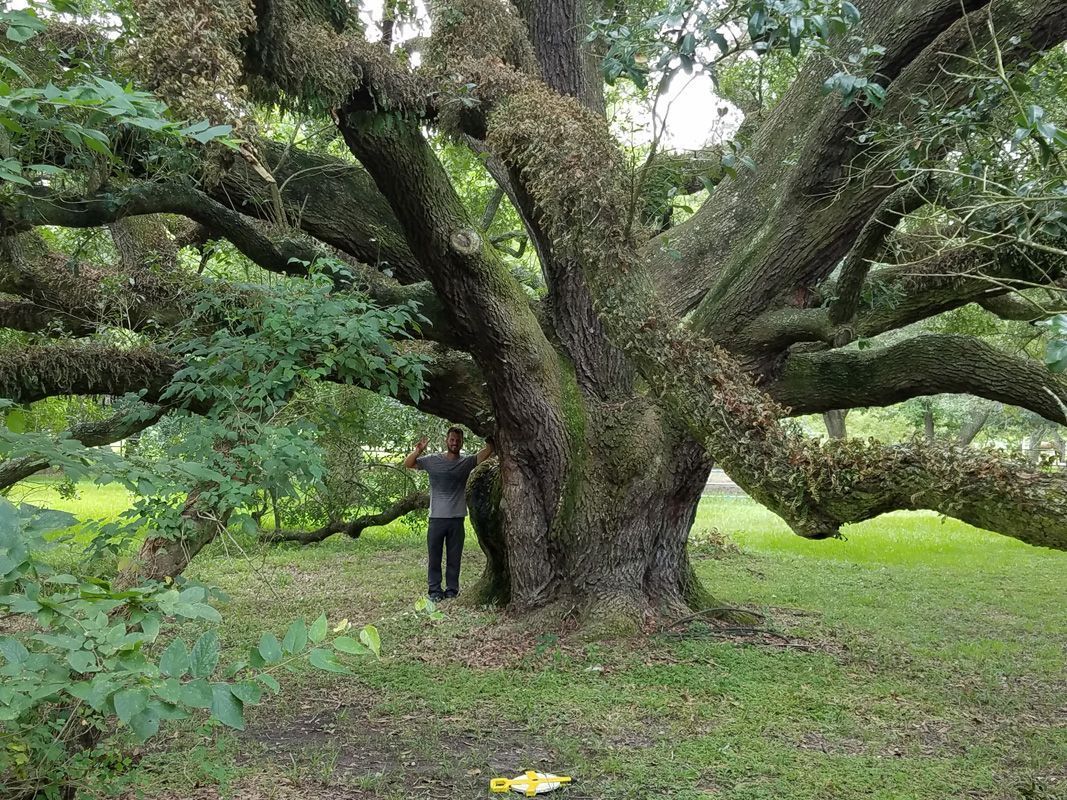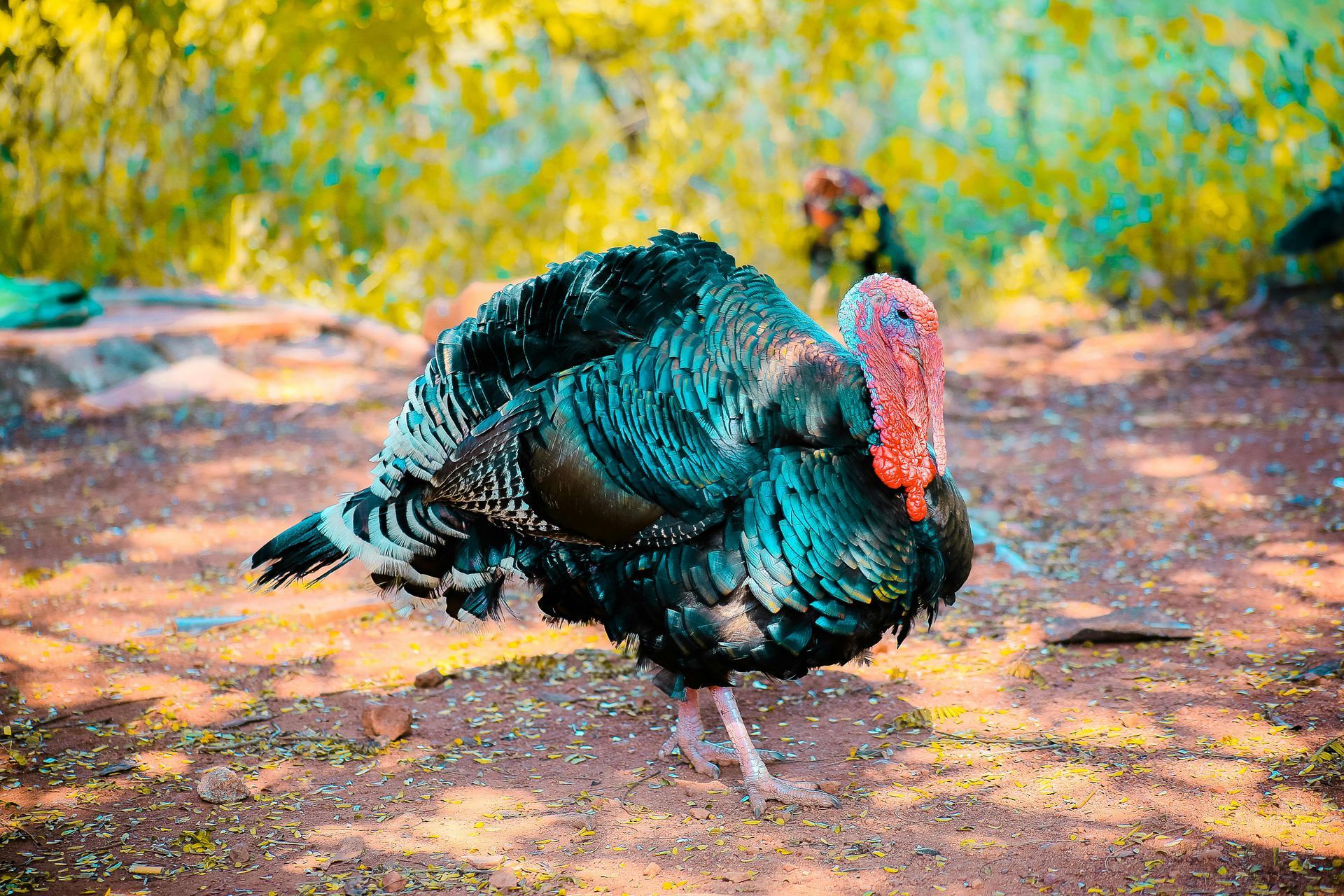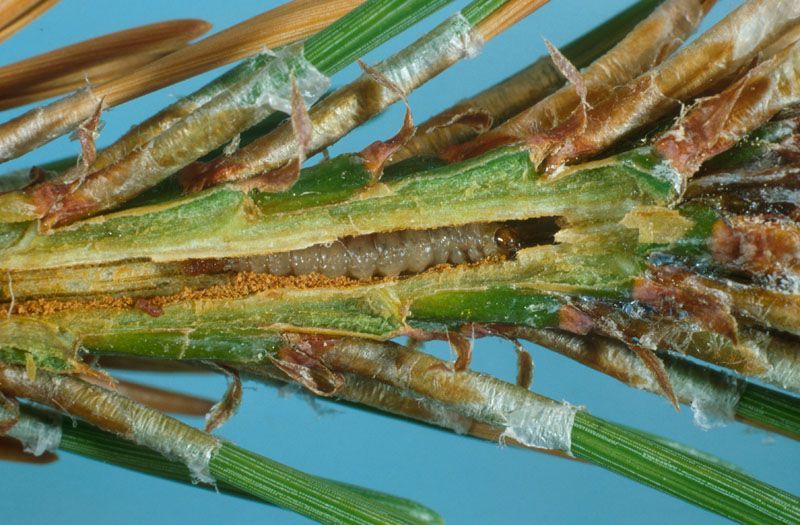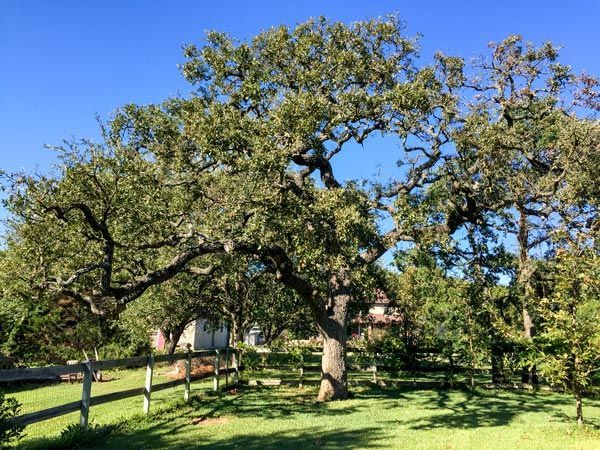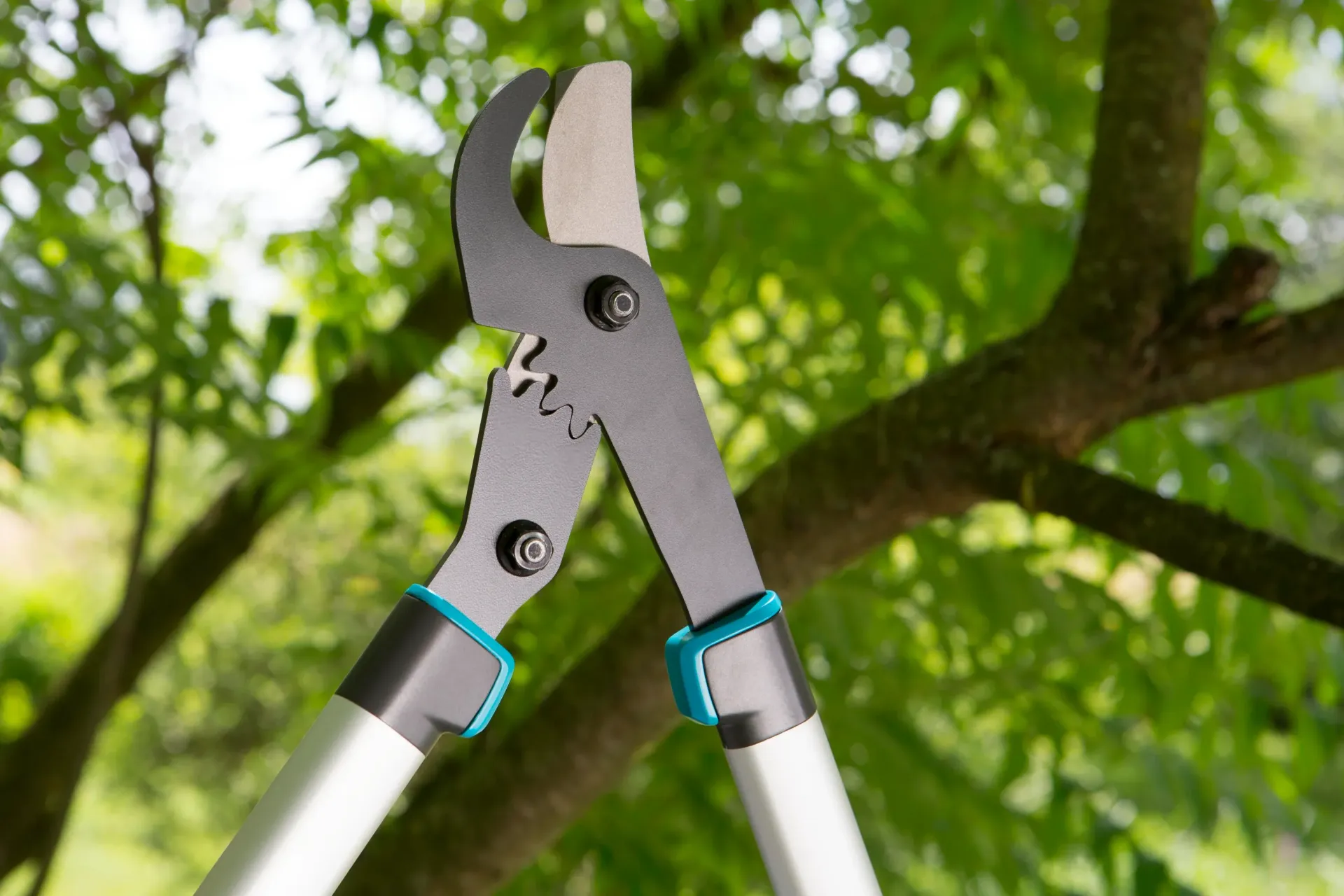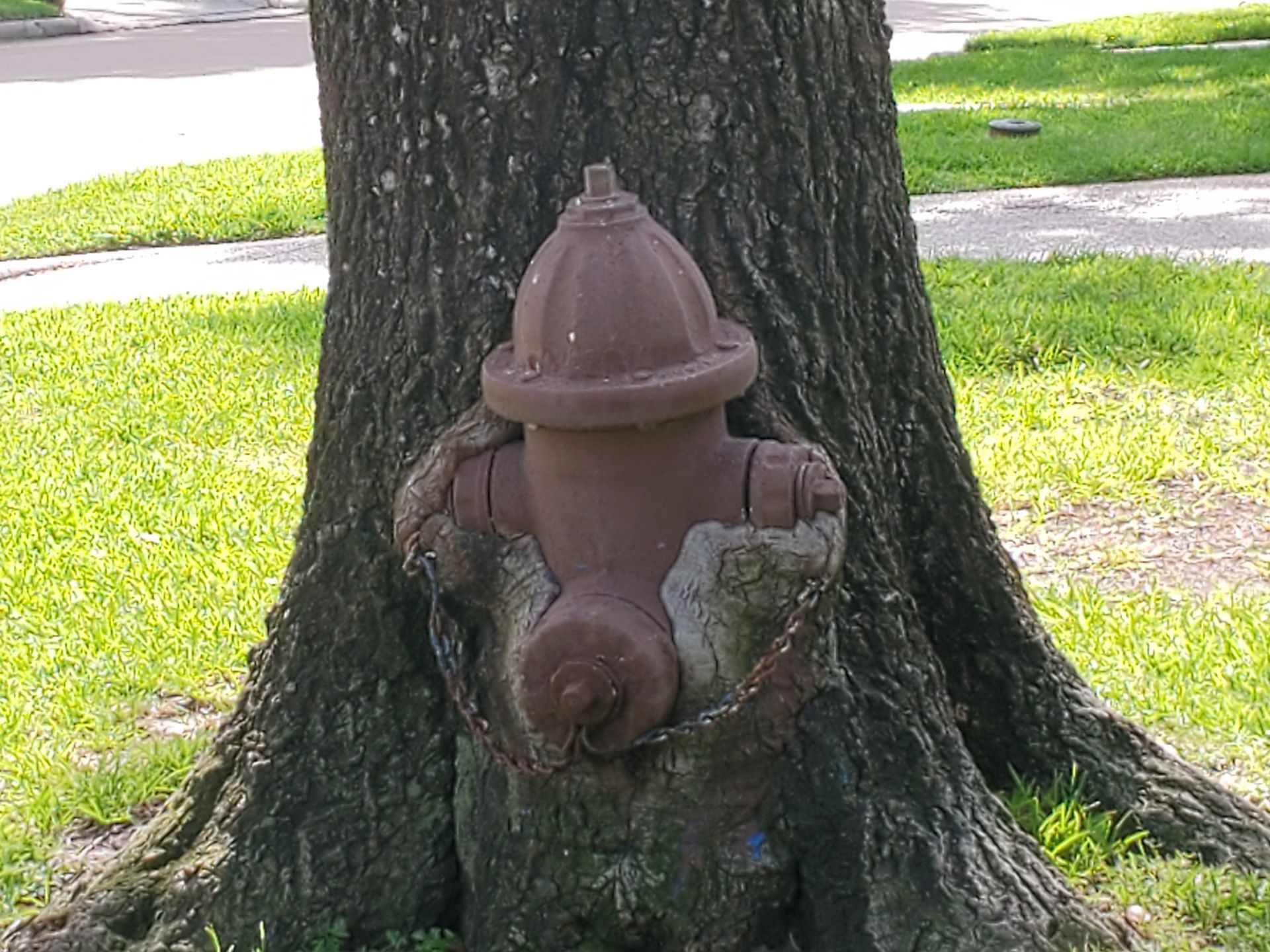Liriope’s Muse: Tree Care Tips from a Master Arborist
TRUSTED TREE CARE SERVICES SINCE 1970
Liriopes Muse: Why Fall is the Ideal Season for Planting Trees
Planting trees is one of the most impactful ways to improve your landscape and benefit the environment. However, choosing the right season to plant can make all the difference in helping a tree thrive. While many assume spring is the best time to plant, fall actually provides a greater advantage, allowing new trees a valuable head start to establish their roots well before the stress of summer heat.
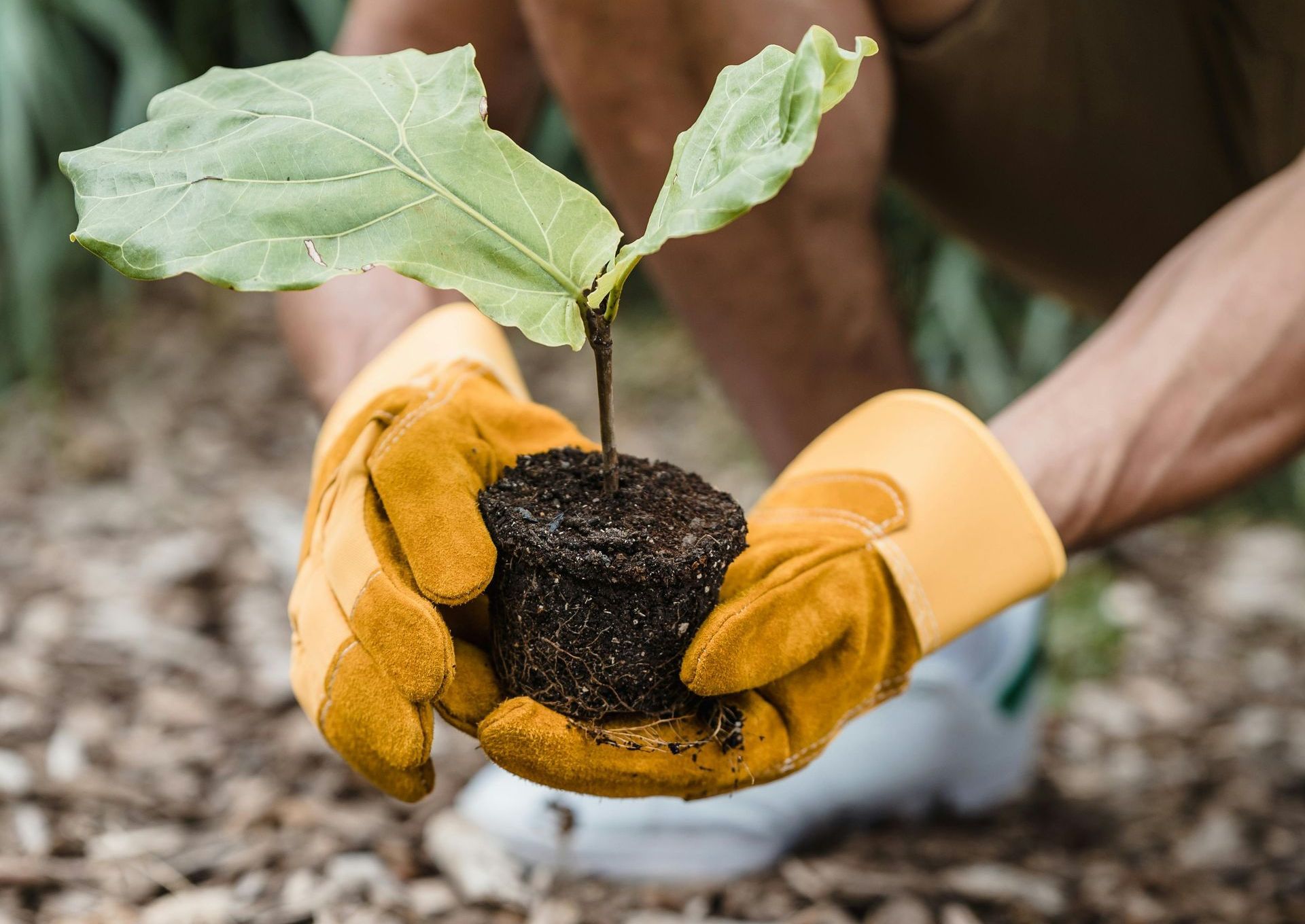
Here’s why planting trees in the fall can give them the best start before the stress of the summer heat:
1. Soil Temperature and Root Establishment
Fall brings cooler air temperatures, but the soil remains warm enough to promote active root growth. Roots continue to develop in the fall, even as the tree’s top growth slows or stops. By planting in autumn, trees get several months to establish their root systems before the following summer. This early root development allows them to draw on necessary water and nutrients to endure future droughts or heat.
2. Reduced Transpiration
In the summer, trees lose moisture quickly through their leaves—a process called transpiration. High temperatures increase this water loss, often leading to stress in newly planted trees. However, in fall, cooler temperatures slow down this process, meaning newly planted trees lose less moisture. This period of reduced transpiration lets young trees conserve more energy for root establishment rather than using up their resources trying to maintain hydration.
3. Lower Pest and Disease Pressure
Spring and summer are active periods for many insects and pathogens that can harm newly planted trees. In fall, pest and disease pressures are naturally lower, reducing the likelihood of an infestation or infection while the tree is still vulnerable. This allows your tree to get a healthier start, free from many common stressors that are more prevalent in warmer months.
4. Less Watering Required
When trees are planted in the spring, they require regular watering to withstand the upcoming heat of summer. Fall, on the other hand, often brings increased rainfall, providing newly planted trees with natural hydration. While young trees still need some watering after planting, fall's cooler weather and occasional rains help keep soil moisture levels stable, reducing the need for supplemental watering.
5. Spring Growth Boost
Trees planted in the fall benefit from winter dormancy, which further encourages root development without the demands of top growth. When spring arrives, these trees already have a solid root foundation and can put their energy into healthy new growth rather than struggling to establish roots. This head start gives fall-planted trees a noticeable advantage, helping them flourish in the spring.
Key Tips for Successful Fall Planting
Choose Native or Adapted Species: Selecting species suited to your climate will increase the chances of survival and growth success. Native trees are especially resilient and often require less maintenance.
Monitor Soil Moisture: Although fall reduces the need for frequent watering, check soil moisture regularly. Newly planted trees should receive about one inch of water per week until the ground freezes.
Mulch for Protection: Apply a layer of mulch around the tree’s base to help retain moisture and regulate soil temperature, but keep it away from the trunk to avoid decay.
By planting in the fall, you set up your trees for success with reduced stress, minimal pest issues, and the time they need to build strong, resilient roots. As they grow, these trees will bring countless benefits to your landscape—providing shade, beauty, and environmental support for years to come.
Liriope’s Muse - Expert Tree Care Tips
